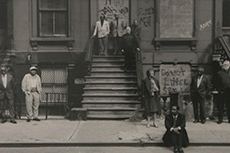An American Story
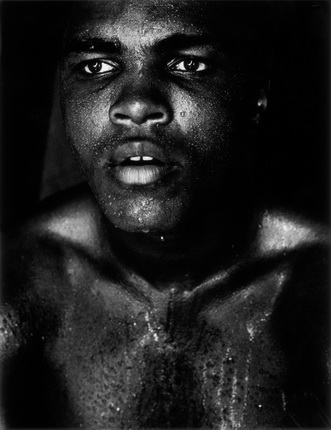
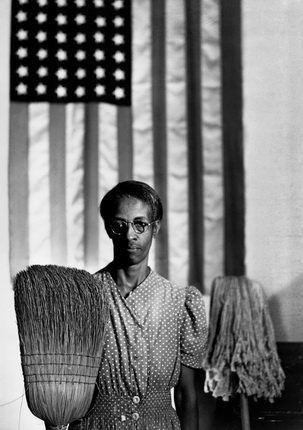
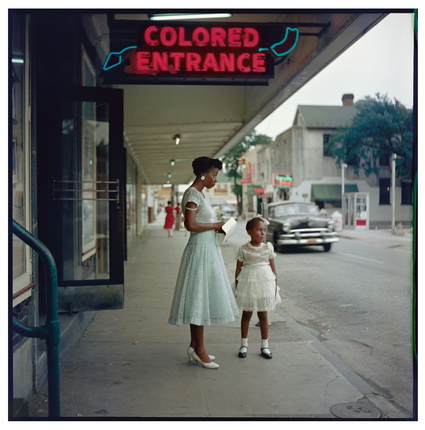

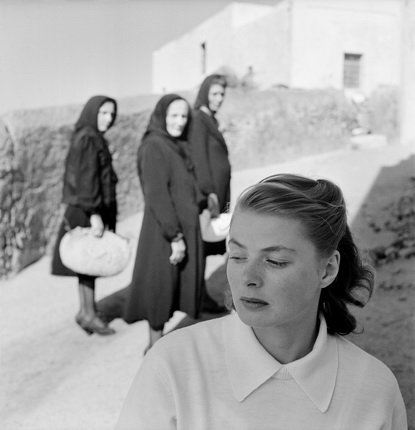
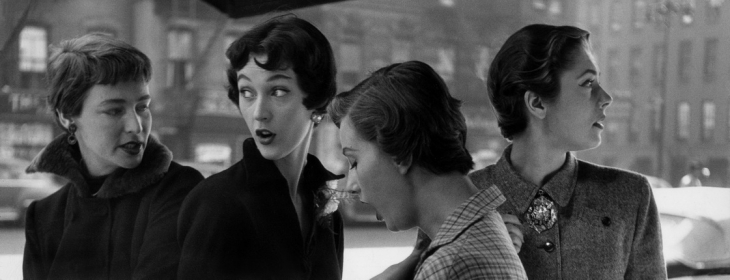

Gordon Parks. Muhammad Ali, Miami, Florida, 1966. © The Gordon Parks Foundation
Gordon Parks. American Gothic, Washington, D.C., 1942. © The Gordon Parks Foundation
Gordon Parks. Department Store, Mobile, Alabama, 1956. © The Gordon Parks Foundation
Gordon Parks. Emerging Man, Harlem, New York, 1952. © The Gordon Parks Foundation
Gordon Parks. Ingrid Bergman at Stromboli, Stromboli, Italy, 1949. © The Gordon Parks Foundation
Gordon Parks. Models with Boy-Length Haircuts, New York, New York, 1949. © The Gordon Parks Foundation
Gordon Parks. Untitled, Harlem, New York, 1948. © The Gordon Parks Foundation
Moscow, 22.03.2014—20.04.2014
exhibition is over
New Manege
Gueorguievski per., 3/3 (
opening hours: 12:00 - 21:00, day off - Monday.
Tel: +7 (495) 692-44-59
Share with friends
Curator: Alessandra Mauro
For the press
«Those people who want to use a camera should have something in mind, there’s something they want to show, something they want to say».
Gordon Parks
Gordon Parks is a narrator who is unique in America, able with his camera and his ability to understand and dig deep into society’s recesses, to reveal injustices and abuses of power, to bring to light the stories of those who have no voice to broadcast them for themselves.
One of the twentieth century’s most significant photographers, from the 1940s until his death in 2006, Parks showed the world, particularly through the pages of Life magazine, the difficulty of being black in a world of whites, segregation, poverty, prejudice. But also some of the great protagonists of the twentieth century, the world of fashion and even the great figures in a world that was radically changing, including Malcolm X, Muhammed Ali and Martin Luther King.
Highly eclectic (he was already referred to as «Renaissance Man» by the time he was working for Life magazine), as well as a photographer, Parks was also a director, writer, musician, poet and while his work may defy simple classification, perhaps the key to understanding it best is as that of a professional narrator, the traditional storyteller drawing on his own experience of living and suffering to create his stories.
Throughout his career, Gordon Parks attempted to tell many stories, illustrating them with exemplary images. Stories of groups fighting for survival, small communities isolated from the world, people on the edge or those already in the spotlight who need, however, to be better understood.
True or merely plausible, generated by deep drama, viewed from his own experience as ex black boy condemned to die before being born or constructed with the alchemy of pure make-believe, Gordon Parks’ stories are without exception genuinely felt, recounted as authentic visions born of the desire to have a bearing on reality, affirming through this tale told in images his own opinion and the need to shout it to the world.
The exhibition is the largest European retrospective to be dedicated to his work, to his profound poetry, to his classic, powerful and highly cinematographic photography.
The exhibition is curated by Alessandra Mauro.
Gordon Parks. An American story is a project produced by the Gordon Parks Foundation, New York, in collaboration with Forma.
Born into poverty and segregation in Kansas in 1912, Parks was drawn to photography as a young man when he saw images of migrant workers published in a magazine. After buying a camera at a pawnshop, he taught himself how to use it and despite his lack of professional training, he found employment with the Farm Security Administration (F. S. A.) guided by Rob Striker.
When the F. S. A. closed in 1943, Parks became a freelance photographer, balancing work for fashion magazines with his passion for documenting humanitarian issues. His 1948 photo essay on the life of a Harlem gang leader won him widespread acclaim and a position as the first African American staff photographer and writer for Life Magazine, then by far the most prominent photojournalist publication in the world. Parks would remain at Life Magazine for two decades, chronicling subjects related to racism and poverty, as well as taking memorable pictures of celebrities and politicians (including Muhammad Ali, Malcolm X, Adam Clayton Powell, Jr., and Stokely Carmichael).
He was also a noted composer and author, and in 1969, became the first African American to write and direct a Hollywood feature film based on his bestselling novel The Learning Tree. This was followed in 1971 by the hugely successful motion picture Shaft.
Parks spent much of the last three decades of his life expanding his style, conducting experiments with color photography. He continued working up until his death in 2006, winning numerous awards, including the National Medal of Arts in 1988, and over fifty honorary doctorates.


